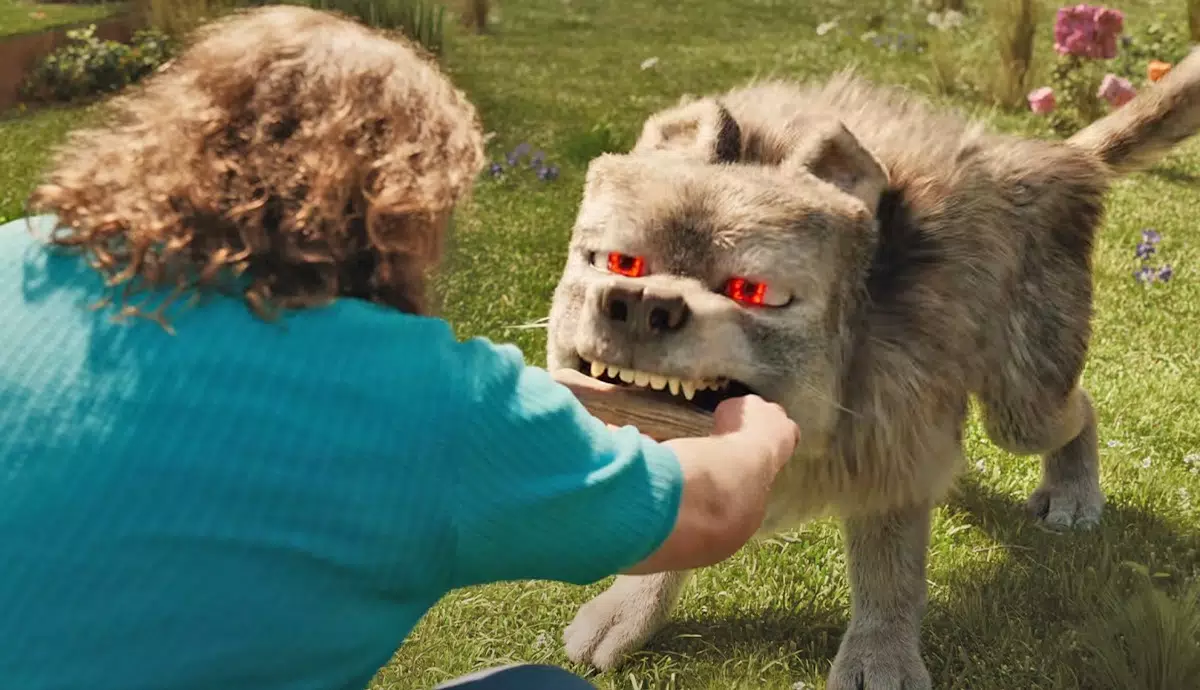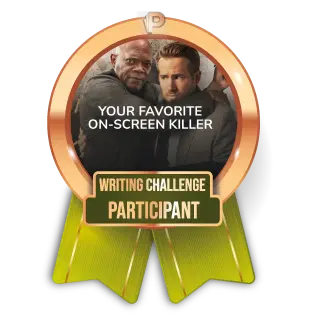A Minecraft Movie (2025) is both a conceptual and creative failure—an adaptation that not only misunderstands its source material but actively works against everything that made Minecraft a digital cultural phenomenon. In translating a game defined by radical freedom and emergent creativity into a tightly scripted, studio-approved cinematic experience, the film flattens a world of infinite possibility into the most tired clichés of family entertainment.
The premise is painfully basic: four teenagers from the real world are transported into the pixelated universe of Minecraft and must band together to "save the world." It’s a narrative template so overused it feels like a relic, and here it’s deployed with such mechanical precision that it becomes a parody of itself. What begins with the promise of a fantastical, game-inspired journey quickly devolves into a checklist of overfamiliar tropes—reluctant heroes, training montages, predictable betrayals, and a final boss battle. But Minecraft was never about saving the world. It was about building one. It was about failing and trying again, about systems and experimentation, about tinkering with the rules rather than submitting to them. The film not only ignores this ethos—it erases it.
Visually, the movie is a contradiction in motion. Instead of embracing the minimalist, pixelated beauty that defines the game’s aesthetic, it opts for a garish, hyper-glossy CGI style that feels more like a toy commercial than a cinematic world. The geometry is softened, the textures plush and overly rendered, as if the filmmakers were afraid that children couldn’t possibly be engaged by cubes unless those cubes glowed and squished like rubber. The clean, modular logic of Minecraft’s world is replaced by visual noise, undermining the very design language that has made the game iconic.
Characterization fares no better. Jason Momoa plays a rugged team leader whose only job is to deliver hollow motivational speeches. Jack Black’s portrayal of Steve borders on self-parody—his exaggerated antics and forced humor reduce the character to a meme rather than a meaningful figure. The rest of the cast is a parade of archetypes: the shy genius, the tough girl, the comic goofball. Their development is limited to single-trait personalities and predictable arcs, more reflective of corporate checklists than character-driven storytelling. Even the moments that gesture toward emotional depth or inclusivity feel performative, like boxes being ticked rather than stories being told.
What’s most tragic is the film’s complete disregard for the Minecraft community—the very people who have kept the game alive and evolving for over a decade. This is a game where teenagers build functioning CPUs out of redstone, where players create massive cities, functioning economies, and entire role-playing societies without any imposed narrative. None of that is present in the film. The player is stripped of agency, and Minecraft becomes just another backdrop for a prefabricated adventure. The film reduces Minecraft to its most literal components: mine and craft. Dig and build. And even that is presented in a shallow, montage-driven manner, with no exploration of the logic or experimentation that makes crafting in the game so compelling.
Tone-wise, the film is condescending. Aimed at children but written as if they are incapable of thought, its dialogue over-explains every theme, and its pacing is so frenetic it leaves no room for tension, reflection, or emotional resonance. There’s a constant fear of silence, a compulsion to fill every second with noise—visual, auditory, or emotional. It’s storytelling by algorithm, designed to maintain attention but not to provoke thought.
And yet, despite its creative bankruptcy, the film is a financial success. Its opening weekend box office numbers soared, driven by the strength of the Minecraft brand and the curiosity of its fanbase. But this success only serves to highlight the disconnect between what fans hoped for and what the film delivered. Reports of chaotic screenings, where children shouted mob names as they appeared onscreen, speak not to immersion but to desperation—a search for meaning in a film that offers none.
Ultimately, A Minecraft Movie joins a growing list of IP adaptations that take decentralized, community-driven experiences and force them into rigid, corporate narratives. This isn’t just an artistic miscalculation—it’s a philosophical betrayal. Minecraft is a platform for limitless creativity, a space where players define their own stories. By reducing it to a linear, moralistic fable, the film turns a digital playground of imagination into a sanitized, tightly controlled product. It’s the cinematic equivalent of giving a child a LEGO set and demanding they follow the instructions exactly—no freedom, no deviation, no dreaming allowed.
In the end, A Minecraft Movie is not a film about creativity, but a product about selling the idea of creativity. It's less about play and more about performance, less about building and more about branding. It’s a movie that tries to celebrate a game by denying everything that makes the game worth celebrating. And for the millions who grew up digging, crafting, and dreaming in that pixelated world, that betrayal is the one thing this movie builds to perfection. Some worlds are meant to be played, not watched. And Minecraft, more than most, is one of them.
written by desi
THE DISSIDENTS are a collective of cinephiles dedicated to articulate our perspectives on cinema through writing and other means. We believe that the assessments of films should be determined by individuals instead of academic institutions. We prioritize powerful statements over impartial viewpoints, and the responsibility to criticize over the right to praise. We do not acknowledge the hierarchy between appreciators and creators or between enthusiasts and insiders. We must define and defend our own cinema. |







Share your thoughts!
Be the first to start the conversation.